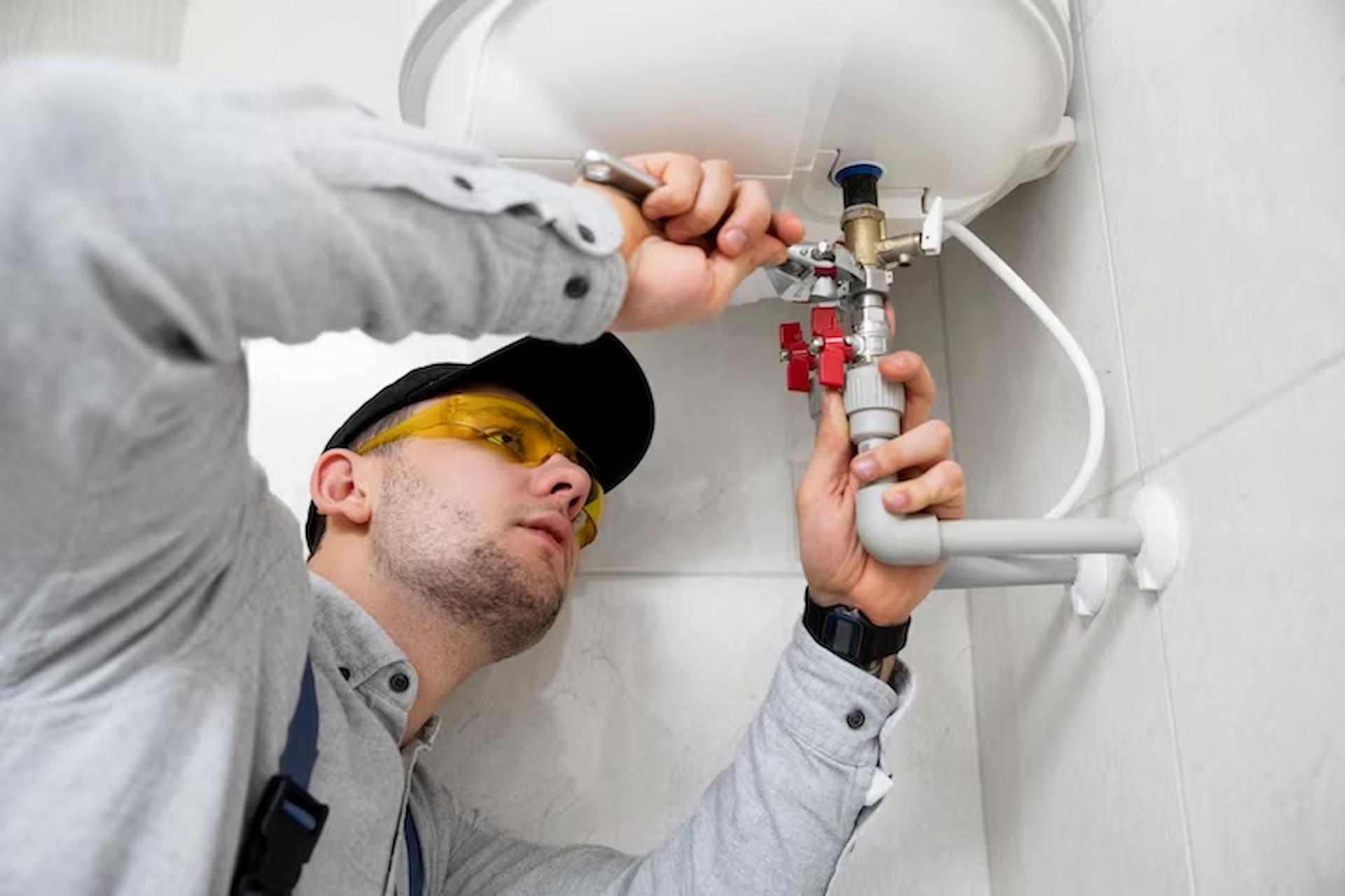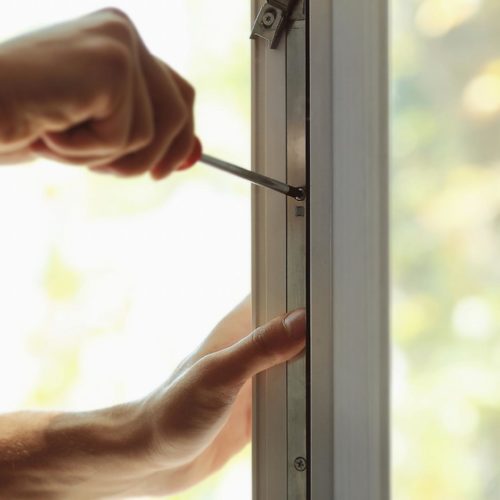Water, a vital home component, courses through pipes, ensuring seamless operations. Yet, an occasional leak or drip can disrupt our daily routines. The reassuring news is that you don’t have plumbing expertise to handle these issues. Armed with a bit of knowledge and the appropriate tools, mastering the DIY pipe repair skill becomes feasible and a means to save both time and money.
Grasping the Fundamentals: Before delving into the realm of DIY tube repairs, understanding the basics of your plumbing system is paramount. Pipes may leak or drip for various reasons, such as corrosion, loose fittings, or worn-out seals. Pinpointing the source of the problem constitutes the initial step in effectively addressing it.
Indispensable Tools for DIY Pipe Repairs: A prerequisite for a successful pipe repair project is having the right tools. Here’s a foundational toolkit to kickstart your endeavours:
Pipe Wrench: The versatile wrench, ideal for pipe repairs, excels in gripping and manoeuvring pipes. It is available in multiple sizes, ensuring compatibility with various pipe diameters.
Pipe Tape: Also known as Teflon tape, this thin white tape is excellent for sealing pipe threads. It’s a simple yet effective solution for leaks around threaded connections.
Pipe Cutter: When a section of the pipe needs replacement, a pipe cutter makes the job much easier. It ensures a clean, precise cut without causing damage to the surrounding areas.
Plumber’s Epoxy: This versatile adhesive can seal small leaks or cracks in pipes. It’s an excellent temporary fix until a more permanent solution can be implemented.
Common Pipe Issues and DIY Solutions
Leaky Joints: One of the most common issues is leaks around pipe joints. To fix this, start by turning off the water supply to the affected area. Use a pipe wrench to tighten any loose connections. If the leak persists, apply pipe tape to the threaded areas, wrapping it clockwise for a secure seal.
Dripping Faucets: A dripping faucet can waste a surprising amount of water and increase your water bill. Most of the time, this is caused by a worn-out washer. Turn off the water supply, disassemble the faucet, and replace the old washer with a new one.
Cracked Pipes: Cracks in pipes may require a more hands-on approach. Use the plumber‘s epoxy to seal small cracks temporarily. Consider using a pipe cutter to remove the damaged section and replace it with a new piece for larger cracks.
Preventive Measures: While DIY pipe repairs are valuable skills, preventing issues in the first place is even better. Regular maintenance, such as checking for leaks, inspecting pipe insulation, and addressing any minor problems promptly, can go a long way in avoiding major repairs.
Conclusion
Gaining expertise in DIY tube repairs allows homeowners to assert control over their living spaces. Armed with a fundamental toolkit and some know-how, you can tackle common plumbing issues independently, saving money and fostering confidence and self-reliance. It’s essential to grasp the fundamentals, possess the necessary tools, and act promptly for successful plumbing solutions. Adopting a proactive stance toward plumbing maintenance ensures that leaks and drips remain minor inconveniences rather than escalating into significant problems. A modest amount of knowledge goes a long way in DIY plumbing solutions. With the right mindset, you can assume the role of a master in managing your home’s plumbing system.



